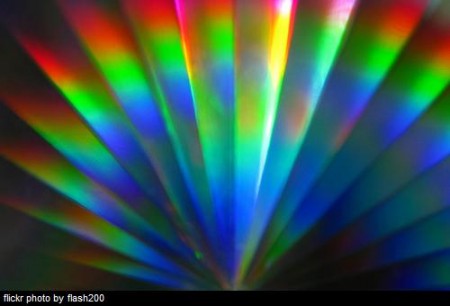HON CHEMISTRY: Isn’t this a super cool picture of light? So tell me again, if we’re supposed to be figuring out electrons, why are we studying waves? Here’s the lecture from Friday that very thing. UPDATE: The vodcast below is the lecture from Friday – I finally remembered to upload it.
I’m thinking you’ve probably memorized the electromagnetic spectrum after that inspirational song; however, also sure you also know the uses of the different types (all except for long waves). Just in case you’d like to hear it again: Electromagnetic Spectrum Song
This other video clip on The Electromagnetic Spectrum also gives you a really unique look at the electromagnetic spectrum and begins to connect the lab from today and yesterday to what we are going to learning about in this chapter. By the way, just for the record, I love outside labs!
How’d you like the light problems so far? We’ll explore waves further Monday – make sure you bring a calculator to class!

